Time to read: 5 minutes
Introduction
Embedded insurance has emerged as a key global trend for insurers and insurance ecosystem players alike, enhancing insurance services and capabilities through partnerships with the goal of delivering a seamless customer experience and value proposition.
Insurance is not a product that typically excites consumers on a day-to-day basis: more often than not, it is a product for ‘times of need’ arising from (usually unwelcome) life events. Consumers are often not fully aware of the scope of their protection needs or potential gaps in cover, or particularly well informed about the spectrum of available insurance products. Embedded insurance addresses these shortcomings.
A deeper, holistic experience
Embedded insurance entails the bundling together of insurance with the purchase of a retail product or service. Rather than the customer purchasing a stand-alone policy or product, the insurance component is instead packaged as a native feature within the product or service sold by a retailer, manufacturer, or service provider. More broadly, it is the integration of insurance solutions into the customer journey via non-insurance channels, providing consumers with the right protection at the right place and right time.
If the idea of embedded insurance is not a wholly new concept, what has changed is the consumer, whom more than ever want a fuss-free experience which provides a tailored solution at their individual point of need.
Fig 1: Embedded insurance in action

Capco’ recent global insurance survey not only confirmed that customers within key APAC markets crave a better online experience from insurers, but that they are also not confident when it comes to understanding what relevant insurance products are on the market.
Fig 2: Percentage of survey respondents who said yes to wanting better online experiences from their insurance provider. Global average represents 13 countries inc. APAC (Singapore, Hong Kong and Thailand).

The ideal customer experience is to offer products precisely where and when the customer needs them most. However, this is not how insurance is sold by the incumbents, who have a very passive approach to selling insurance as a separate product, with the customer typically initiating the process.
Via embedded insurance, both trusted consumer brands and non-insurers – Tesla, Uber, Airbnb being notable examples – can partner with insurers through an Insurance-as-a-Service model within a digital ecosystem to knit together offerings and embed insurance products either at point of purchase/sale or natively within a product itself. Traditional insurance distribution models like white labelling or reselling are dispensed with in favour of building a substantive and engaging customer experience powered by real-time transaction data, deep consumer insight and tailored solutions.
How to win with embedded insurance
1. Ecosystem Strategy
The ecosystem approach of interconnecting offerings drastically changes how customers experience insurance and allows them to make well-informed decisions, confident they will be receiving relevant coverage at the right place and time through a single, seamless integrated experience.
Fig 3: How ecosystem strategy will benefit insurers

With the adoption of such ecosystems on the rise, the pressure is on for insurers to establish partnerships across different sectors – including retailers, manufacturers, and financial service providers – to offer a broad array of routes into embedded insurance.
Fig 4: Embedded insurance in the wild

Establishing ecosystem partnerships offers a clear and broad benefits for both insurers and ecosystem partners.
Fig 5: Insurer and ecosystem player benefits

2. Insurance-as-a-service model
More insurers are implementing Insurance-as-a-Service (IaaS) within their service model. Value-generating and flexible, IaaS allows for the modularization of products and services in a customized and speedy fashion through API technology. This allows for the distribution of innovative products and personalized services at the precise ‘time of need’ within the customer journey.
The model also opens the way for a ‘plug and play’ digital platform, with insurance products that are pre-built and simple for non-insurers to incorporate into their user experiences via APIs without the need for any insurance back-end architecture, seamlessly bypassing the constraints of legacy operating systems to connect to insurer’s core systems with minimal friction.
By enhancing speed of deployment to facilitate optimal market entry and backed by valuable customer data gathered from frequent customer touchpoints, it opens all parts of the insurance value chain to innovation. For example:
- The development of highly personalized and targeted products
- Creation of new digital distribution channels by embedding the insurance offering protection at the optimal point in the customer journey
- Speedy underwriting or predictive modelling for risk prevention and mitigation thanks to a hugely expanded volume of customer risk data
- Enhanced patient care services and claims fraud prevention.
Customers can experience products that are at once seamless, data-driven, cost-effective, tailored, transparent and flexible – usage-based, on-demand, micro insurance protection for example – ultimately resulting in improved conversion rates and enhanced customer loyalty.
Summary: A strengthened value chain, an expanded service landscape
The intractable encroachment of data and technology into our daily lives – and society more broadly – has seen customers’ needs and expectations evolve rapidly, and insurers can no longer rest upon the laurels of their reputation as trusted incumbents or traditional modes of distribution.
Fig 6: Insurance-as-a-service beyond white labelling and reselling

An Insurance-as-a-Service model and an ecosystem strategy will strengthen every part of the insurance value chain – from product development through to claims – and build a comprehensive service landscape. This clears the way for a vastly expanded set of opportunities for insurers and other ecosystem players when it comes to the sweet spot and helps develop innovative services and products across the entire value chain. The future of insurance is all about responding to evolving customer behaviors and needs and drawing upon richer, more complex datasets to achieve faster, more focused and more accurate underwriting. Redefining your embedded insurance strategy in this context will be vital if insurers are to stay ahead of existing competitors and new entrants alike.
How can Capco help?
Are you considering how embedded insurance can help improve the online experience of your customers? Capco can help you along your journey of implementing an embedded insurance strategy.
From understanding your products, devising an offering, defining the space you should play in to identifying the partners you can work with, Capco has both the experience and an established network of insurtech and tech partners that can work alongside you.
Contact us to see how we can help you kickstart your journey in an ecosystem which opens unlimited opportunities.
EMMA YANG
Capco APAC, Insurance Lead
E: emma.yang@capco.com
LinkedIn









